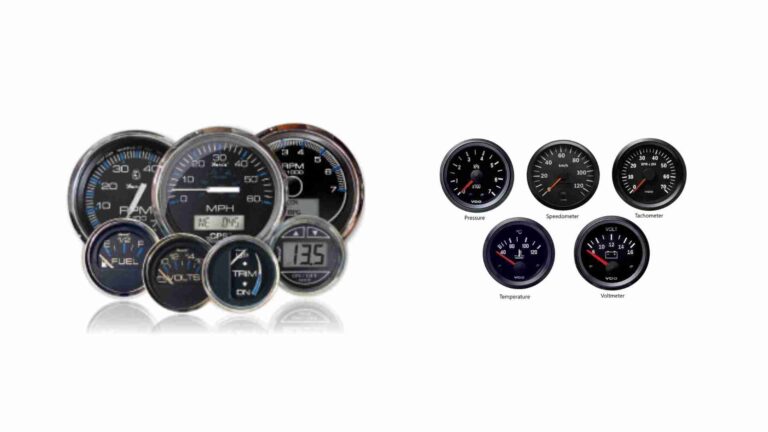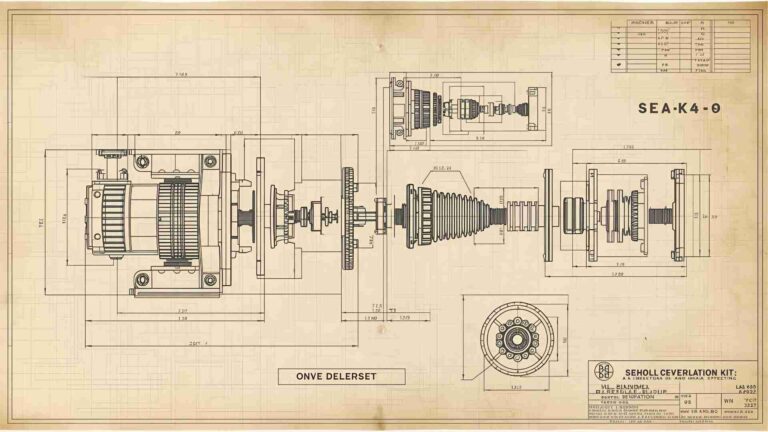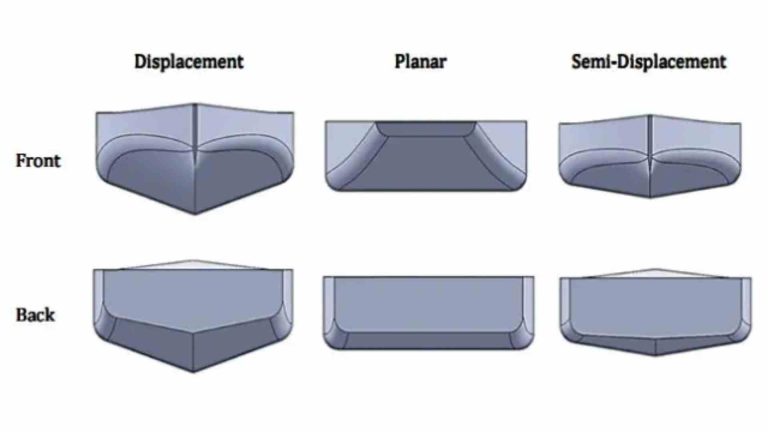What is the likelihood of drowning for paddlers in small boats?
Discover the likelihood of drowning for paddlers in small boats like canoes and kayaks, key safety tips, and how to reduce risks for a safe paddling experience.
Paddling in small boats, such as canoes, kayaks, and rafts, offers a unique way to explore rivers, lakes, and coastlines, blending adventure with nature’s tranquility. However, the serene experience comes with inherent risks, particularly the higher likelihood of drowning compared to operators of larger vessels. Statistics reveal that paddlers in small boats are more than twice as likely to drown, a sobering fact that underscores the importance of understanding these risks and adopting safety measures. This comprehensive guide delves into the likelihood of drowning for paddlers, the unique hazards they face, essential safety practices, equipment considerations, and user insights to ensure a safe and enjoyable paddling experience.
Why Are Paddlers at Higher Risk of Drowning?
Paddlers in small boats face a significantly higher drowning risk than those on larger vessels, primarily due to two key factors:
- Perception of Not Being “Boaters”: Many paddlers don’t identify as traditional boaters, leading them to overlook standard boating safety practices. Unlike operators of motorized vessels, paddlers may not prioritize wearing life jackets or understanding waterway hazards, assuming their small craft are inherently safe.
- Lack of Skills and Knowledge: Small boats like canoes and kayaks are inherently less stable, requiring specific skills to operate safely. Many paddlers lack formal training, leaving them unprepared for hazards like strainers, low-head dams, or strong currents. This gap in expertise increases the risk of accidents, particularly in challenging conditions.
According to the United States Coast Guard (USCG), drowning accounts for approximately 75% of all boating fatalities, with 86% of victims not wearing life jackets. Notably, 85% of canoeists and 48% of kayakers who drowned were not wearing personal flotation devices (PFDs). Additionally, 50% of drowning incidents involving canoes or kayaks occurred while fishing, and 25% of canoe-related drownings involved alcohol consumption. These statistics highlight the critical need for proper safety measures.
Chart: Drowning Statistics for Paddlers in Small Boats

This chart illustrates the prevalence of specific risk factors in drowning incidents, emphasizing the critical role of PFDs and the dangers of alcohol and fishing-related activities.
Unique Hazards for Small Boat Paddlers
Small boats can access narrower, shallower waterways, exposing paddlers to unique hazards not typically encountered by larger vessels. Understanding these dangers is crucial for safe paddling.
1. Strainers
Strainers, formed by rocks, fallen trees, or debris, allow water to pass through while trapping boats or paddlers. These obstacles can halt a small boat’s progress, potentially pinning it against the obstruction or causing capsizing. To avoid strainers:
- Stay vigilant and scan the water ahead.
- Steer clear of visible debris or turbulent water indicating a strainer.
2. Low-Head Dams
Often called “drowning machines,” low-head dams create powerful hydraulic currents or backwash that can trap paddlers underwater. These structures are particularly dangerous during high water conditions, as the backwash extends further downstream. Safety tips include:
- Heed warning signs, buoys, or markers indicating dams.
- Portage (carry) your boat well around the dam to avoid the hazardous area.
Diagram: Navigating Around a Low-Head Dam

This diagram outlines the decision-making process to safely navigate around low-head dams, emphasizing early detection and portaging.
3. Strong Currents and Rapids
Strong currents and rapids can overwhelm paddlers, especially in small, unstable boats. If encountered:
- Head to shore immediately or turn back to calmer waters.
- Avoid fighting the current, as it may overpower your ability to control the craft.
4. Cold Water and Hypothermia
Cold water, particularly below 60°F, significantly increases drowning risks. A USCG report notes that boating accidents in cold water are five times more likely to be fatal. Cold water shock can cause hyperventilation, leading to drowning within the first minute of immersion. Subsequent stages include cold incapacitation (within 10 minutes), where muscle stiffness prevents swimming or self-rescue, and hypothermia, which sets in after 30 minutes or more. To mitigate:
- Always wear a PFD to stay afloat during cold shock.
- Dress in wet or dry suits for insulation in cold conditions.
5. High Surf and Coastal Risks
In coastal areas, high surf can sweep paddlers or anglers off rocks or breakwalls. Staying far from wave-prone areas and checking surf forecasts are critical to avoiding these dangers.
Essential Safety Practices for Paddlers
To reduce the likelihood of drowning and enhance safety, paddlers must adopt the following practices:
1. Always Wear a Personal Flotation Device (PFD)
A USCG-approved PFD is the single most effective tool for preventing drowning. Modern PFDs are lightweight, comfortable, and available in styles like inflatable vests for enhanced mobility. Key considerations:
- Fit: Ensure the PFD fits snugly without restricting movement.
- Type: Choose a PFD designed for paddling, such as Type III or V for kayaking.
- Visibility: Opt for bright colors for easy spotting in emergencies.
Table: Popular PFD Models for Paddlers
| Model | Type | Price (USD) | Key Features | Best For |
|---|---|---|---|---|
| NRS Vapor | Type III | $80–$100 | Lightweight, high-back design for kayaking | Kayaking, Canoeing |
| Stohlquist Edge | Type III | $100–$130 | Adjustable, breathable mesh | All Paddle Sports |
| Mustang Survival Inflatable | Type V | $150–$200 | Auto-inflating, low-profile | Fishing, Coastal Paddling |
| Astral V-Eight | Type III | $120–$150 | Ventilated, eco-friendly materials | Warm Weather Paddling |
2. Take Paddling Instruction
Formal paddling courses, such as those offered by the American Canoe Association (ACA), teach critical skills like:
- Balancing and stabilizing the craft.
- Efficient paddling techniques (forward, reverse, sweep strokes).
- Safe entry and exit from the water.
- Self-rescue and recovery techniques, such as wet exits and Eskimo rolls.
Courses are available through local clubs, outfitters, or online platforms like www.dem.ri.gov/safeboating for free options in some states.
3. Check Weather and Water Conditions
Before paddling, verify:
- Weather: Avoid strong winds or storms that increase capsizing risks.
- Water Temperature: Dress appropriately for cold water to prevent hypothermia.
- Tides/Currents: Understand tidal patterns and currents, especially in coastal areas.
Devices like the Bivy Stick Satellite Communicator ($200–$300) provide real-time weather updates via satellite, ideal for remote paddling trips.
4. Wear Appropriate Clothing
Dress for the conditions:
- Layers: Use moisture-wicking fabrics like synthetic or wool, avoiding cotton.
- Wet/Dry Suits: Essential for cold water paddling ($100–$500 depending on quality).
- Footwear: Water shoes with grip ($30–$80).
- Sun Protection: Sunscreen, sunglasses, and hats for sunny conditions.
5. Inspect Equipment
Before launching:
- Check the hull and cockpit for cracks or leaks.
- Ensure paddles are undamaged and carry a spare ($50–$150).
- Verify rudder or skeg functionality.
- Carry safety gear: whistle ($5–$10), throw rope ($20–$50), dry bag ($15–$40), and a Personal Locator Beacon (e.g., ResQLink 400 PLB Safety Kit, $350–$400).
6. Paddle in Groups
Never paddle alone. Use the buddy system and maintain clear communication within the group. Establish signals for areas with poor visibility or noise, such as rivers or foggy conditions.
7. Master Capsize Recovery
Practice:
- Wet Exits: Safely exiting a capsized kayak in calm water.
- Re-entry Techniques: Re-entering the boat after a capsize.
- Eskimo Roll: For advanced kayakers to right the boat without exiting.
8. Know Basic First Aid
Carry a compact first aid kit ($20–$50) and learn to treat:
- Hypothermia: Warm the victim and dry them immediately.
- Cuts and bruises: Use bandages and antiseptics.
- Blisters: Apply protective treatments for prolonged paddling.
Diagram: Capsize Recovery Process

This diagram outlines the steps to recover from a capsize, emphasizing calmness and decision-making.
User Reviews: Pros and Cons of Paddling Safety Practices
Pros
- Life-Saving Impact: “Wearing a PFD saved my life when my kayak flipped in a strong current. I was able to stay afloat and get help.” – Sarah, Recreational Kayaker
- Skill Development: “Taking an ACA course transformed my paddling. I feel confident handling rapids and rescuing myself.” – Mark, Intermediate Canoeist
- Comfort of Modern Gear: “Inflatable PFDs are a game-changer. They’re so comfortable I forget I’m wearing one.” – Emily, Coastal Paddler
Cons
- Cost of Equipment: “Quality PFDs and safety gear like PLBs are expensive, which can be a barrier for beginners.” – Jake, Novice Kayaker
- Learning Curve: “Self-rescue techniques take time to master, and not everyone has access to hands-on training.” – Lisa, Beginner Canoeist
- Weather Dependency: “Checking conditions constantly feels tedious, especially for spontaneous trips.” – Tom, Recreational Paddler
Additional Safety Considerations
Avoiding Alcohol
Alcohol is a leading factor in fatal boating accidents, impairing judgment and reflexes. Avoid consuming alcohol before or during paddling.
Filing a Float Plan
Inform friends or family of your paddling route and expected return time. This ensures someone can alert authorities if you don’t return as planned.
Visibility
Wear bright clothing and use reflective gear to enhance visibility, especially in busy waterways or low-light conditions.
Powerboat Awareness
Paddlers must stay vigilant for powerboat wakes, which can swamp small boats. Powerboaters are legally responsible for their wakes, but paddlers should maintain a safe distance.
Conclusion
Paddling in small boats like canoes, kayaks, and rafts is a rewarding way to connect with nature, but it comes with a heightened drowning risk—more than twice that of larger vessel operators. By understanding unique hazards like strainers, low-head dams, and cold water, and adopting safety practices such as wearing PFDs, taking formal instruction, and checking conditions, paddlers can significantly reduce risks. Investing in quality equipment, mastering rescue techniques, and paddling in groups further enhance safety. With preparation and awareness, paddlers can enjoy the thrill and tranquility of the water while minimizing the likelihood of accidents. Always respect the water, wear your PFD, and paddle safely!
Share What is the likelihood of drowning for paddlers in small boats? with your friends and Leave a comment below with your thoughts.
Read What Does Nan Miles Mean on a Boat? Explained Guide until we meet in the next article.






